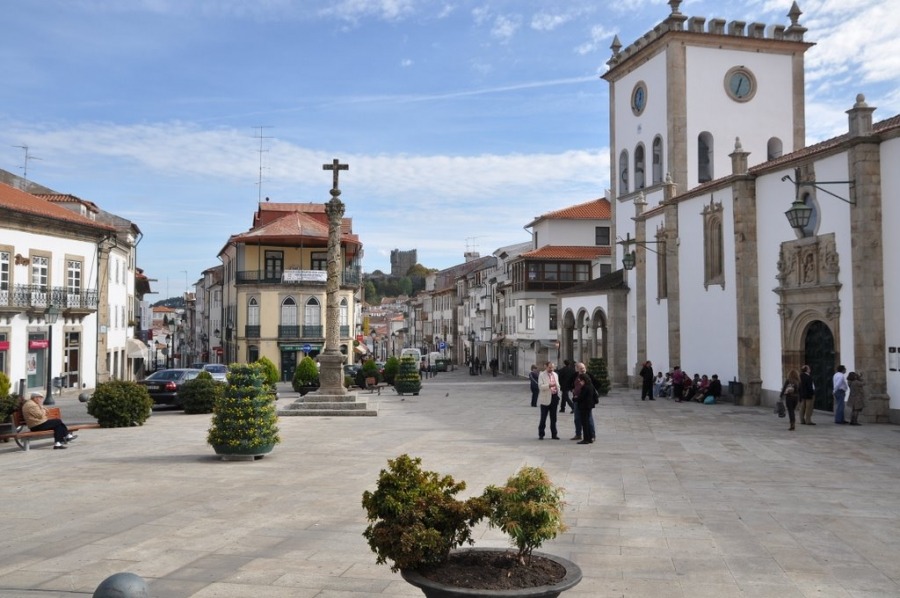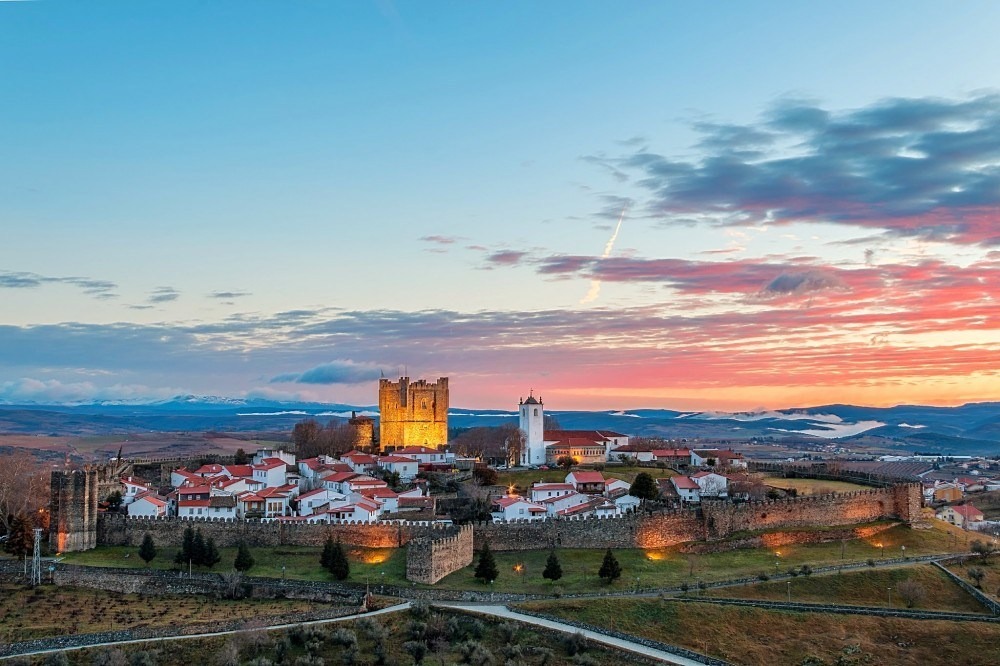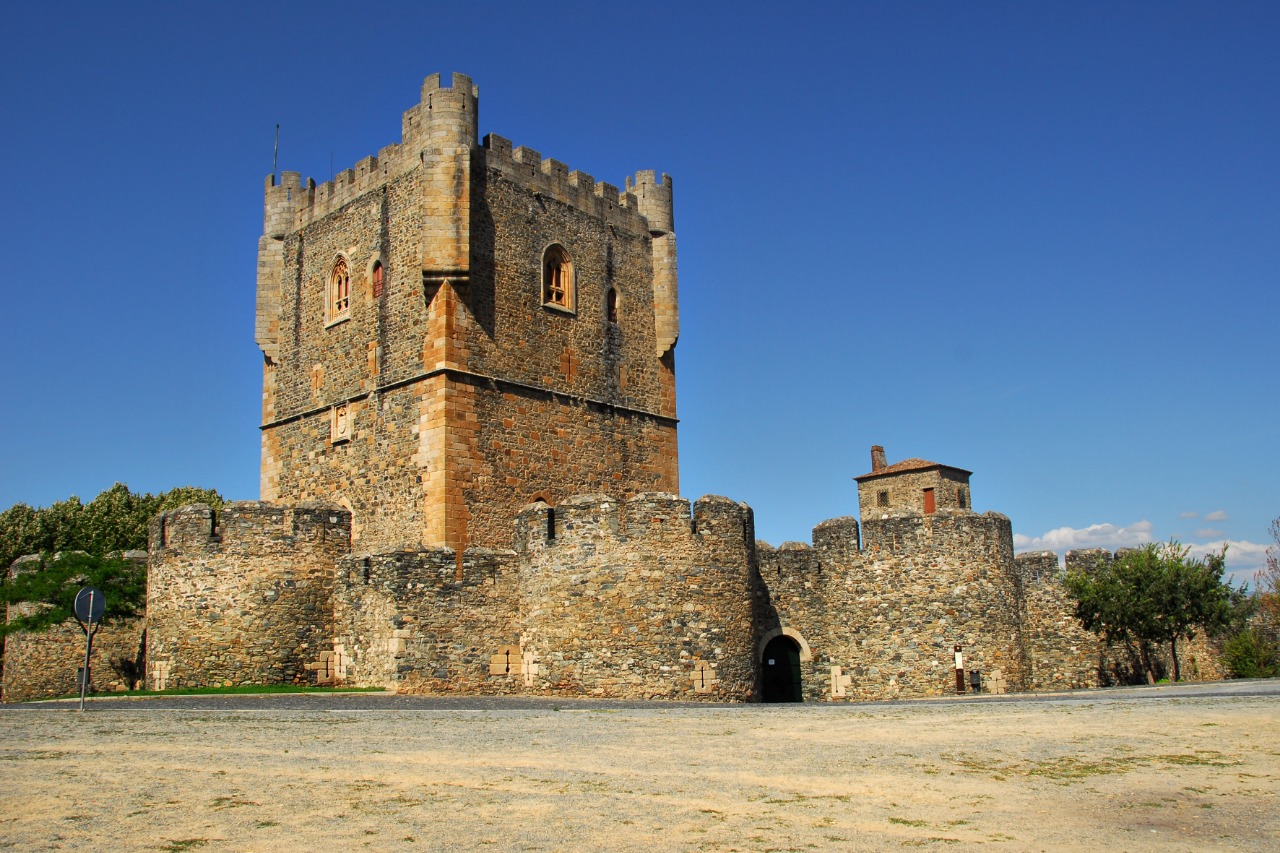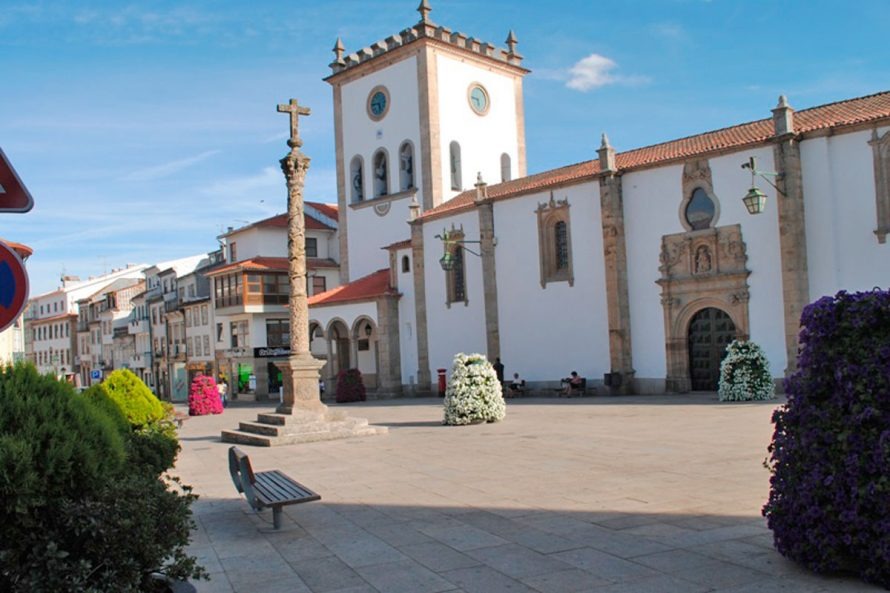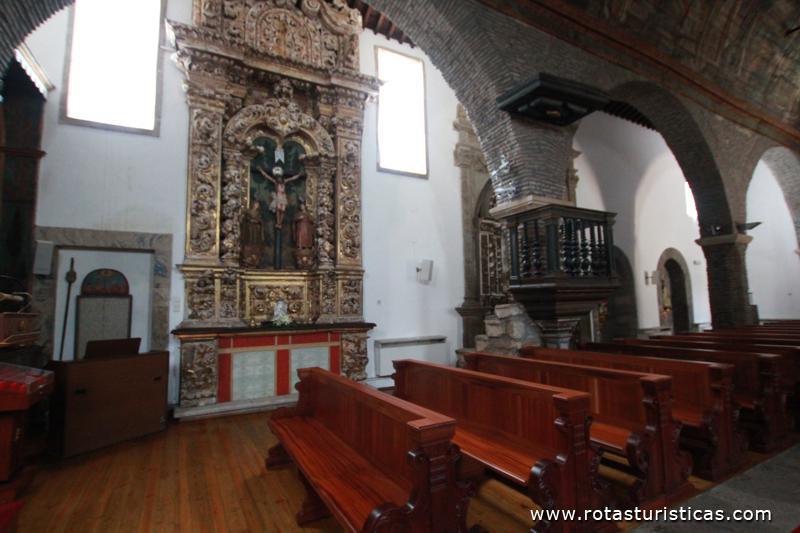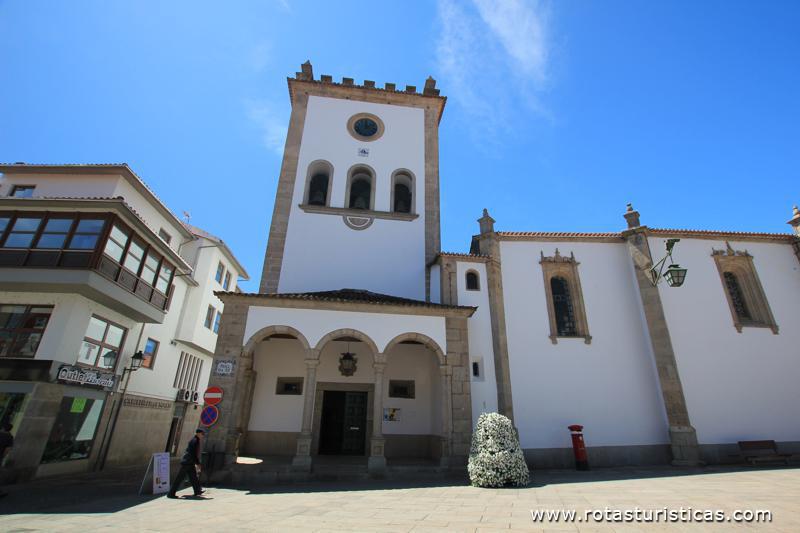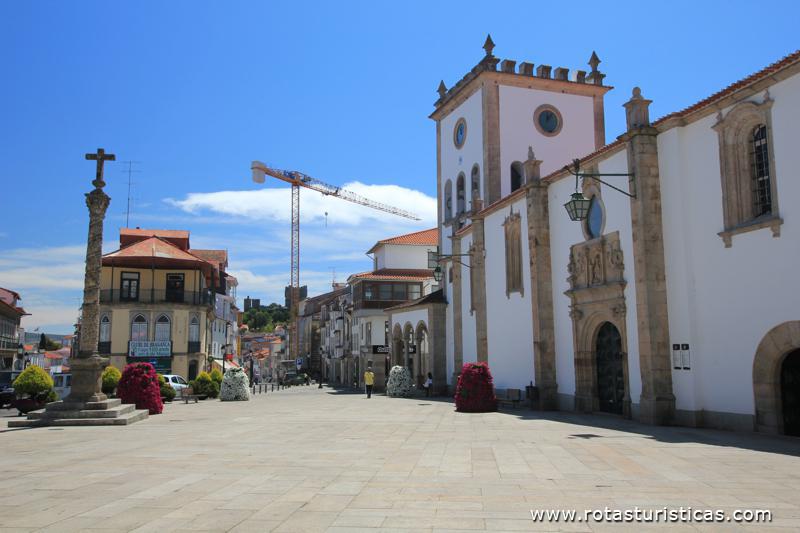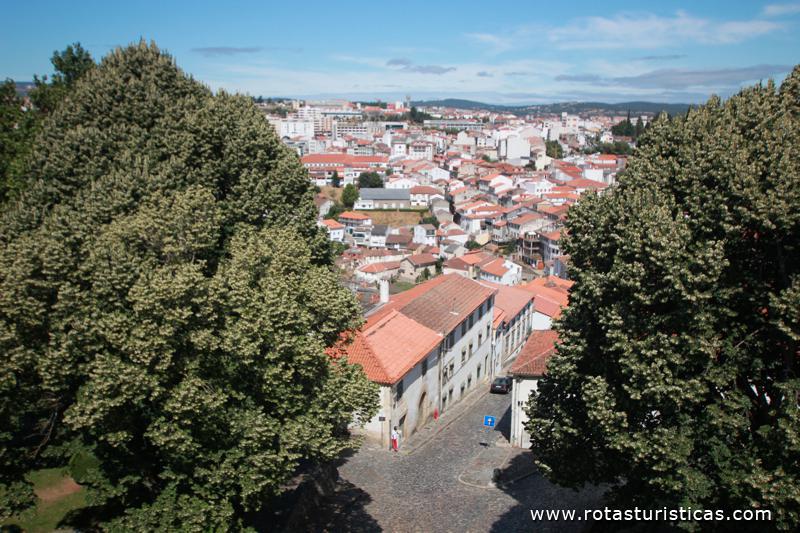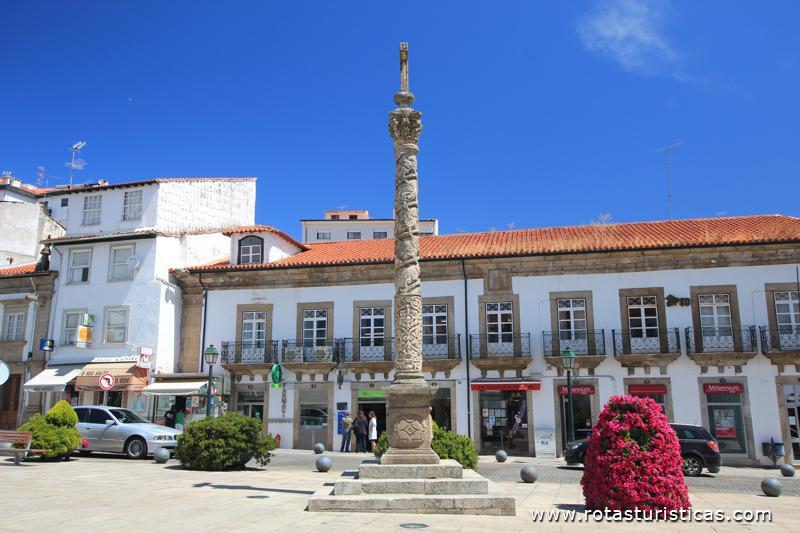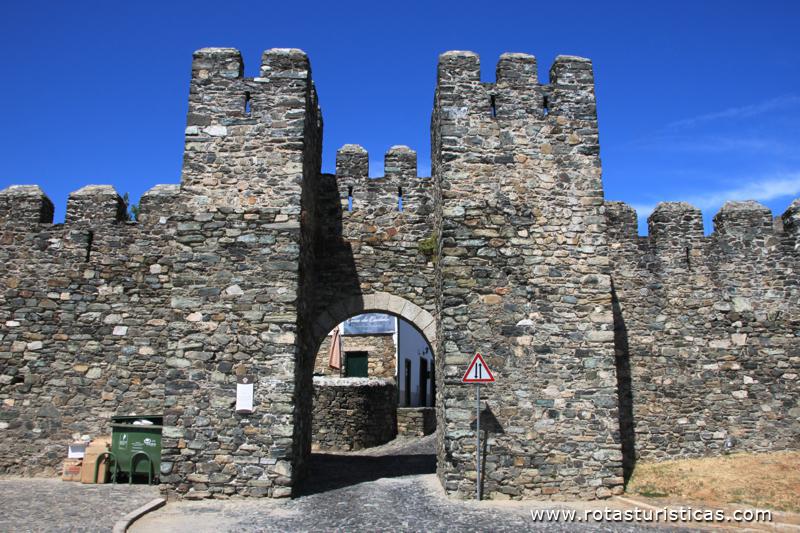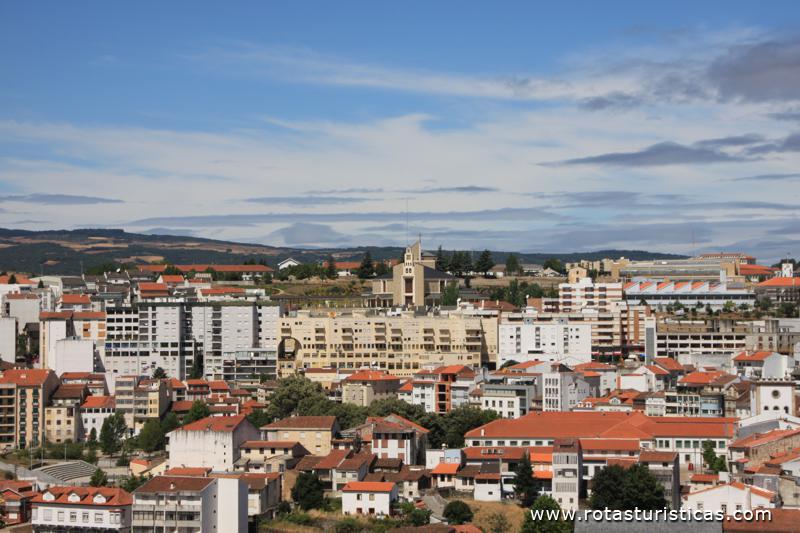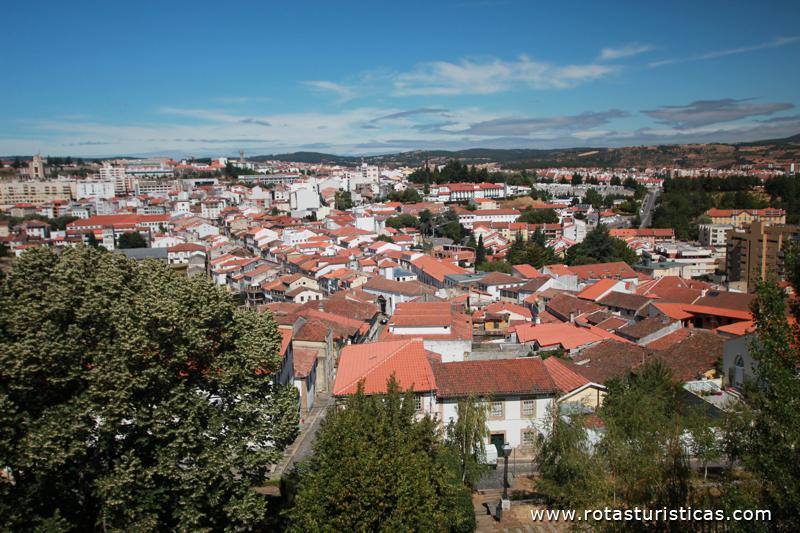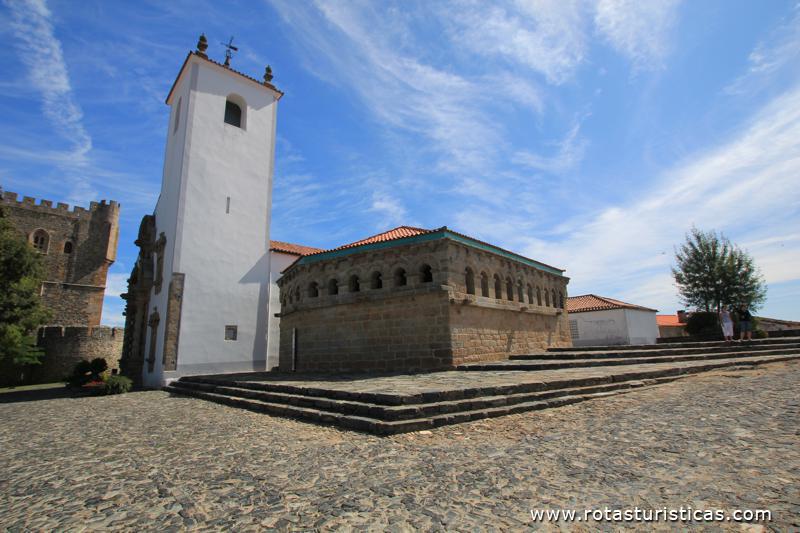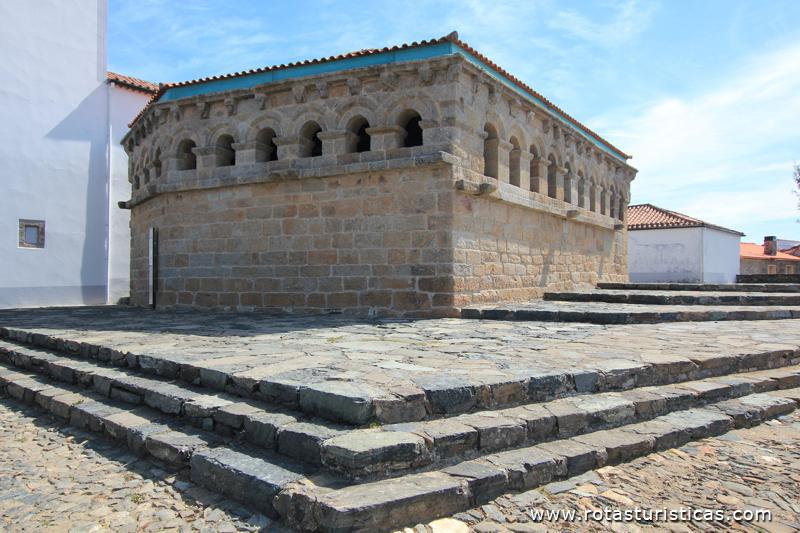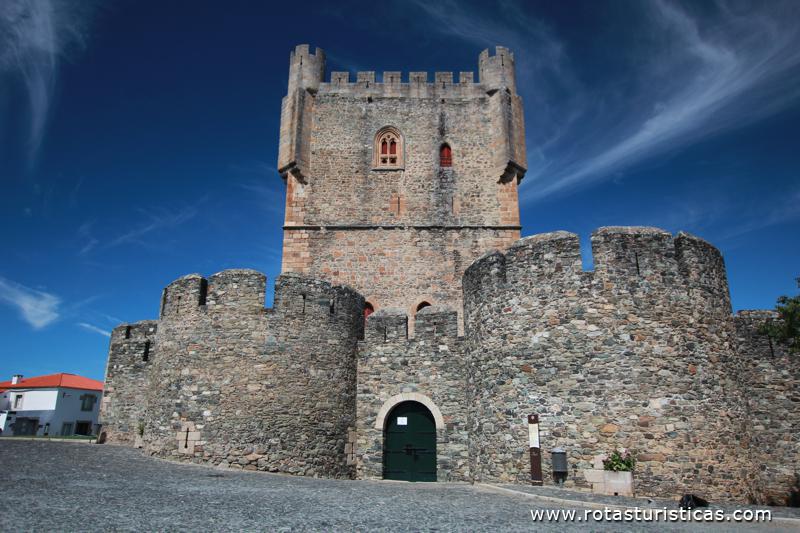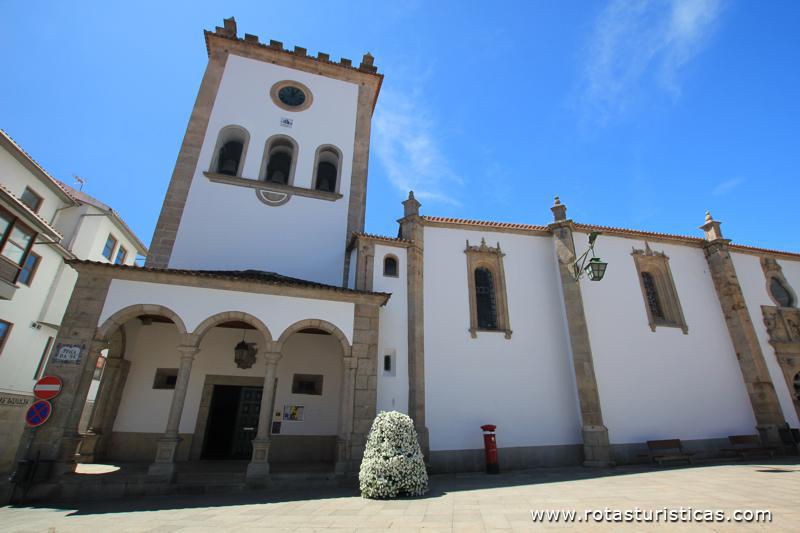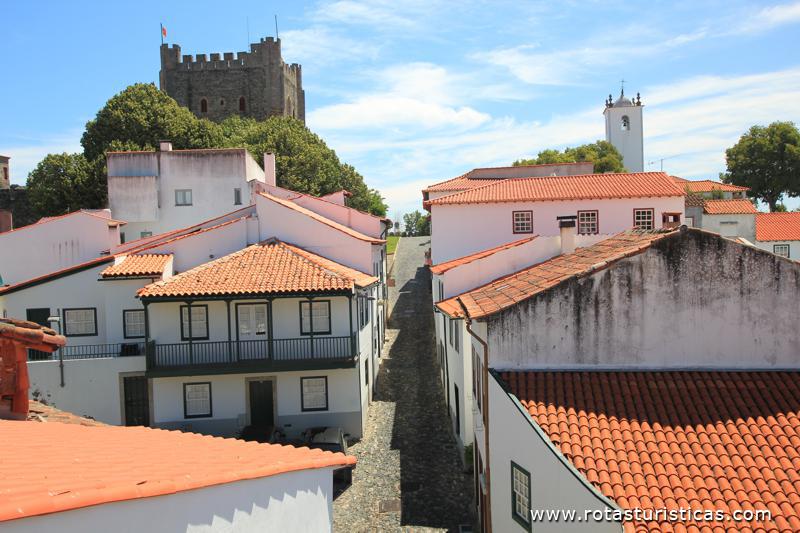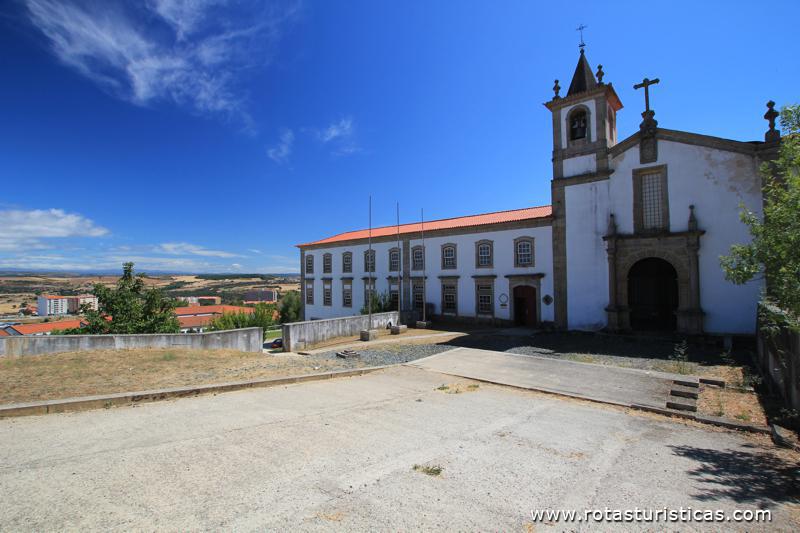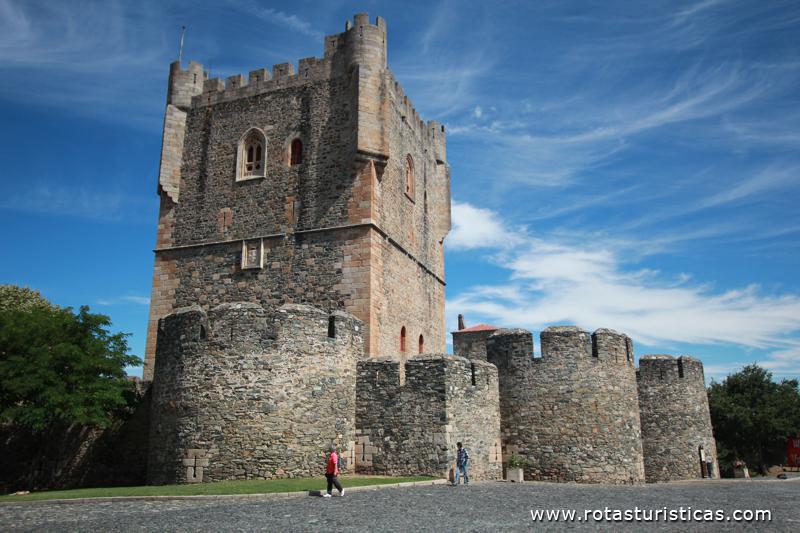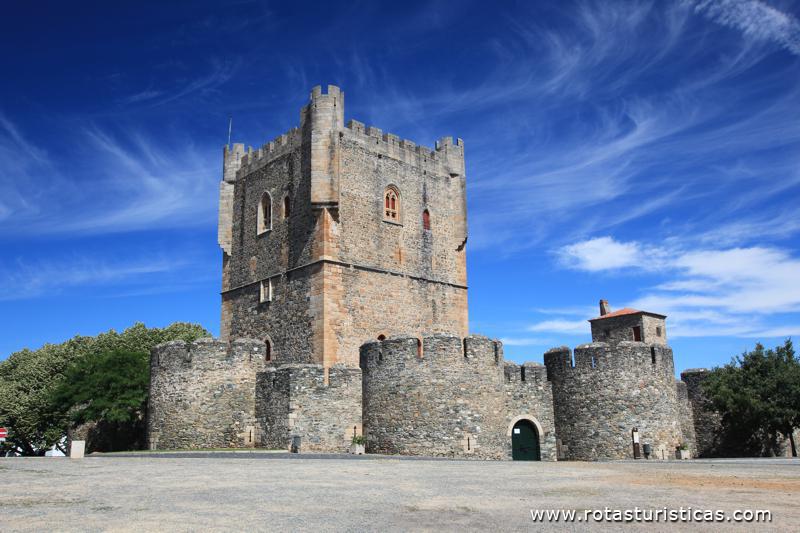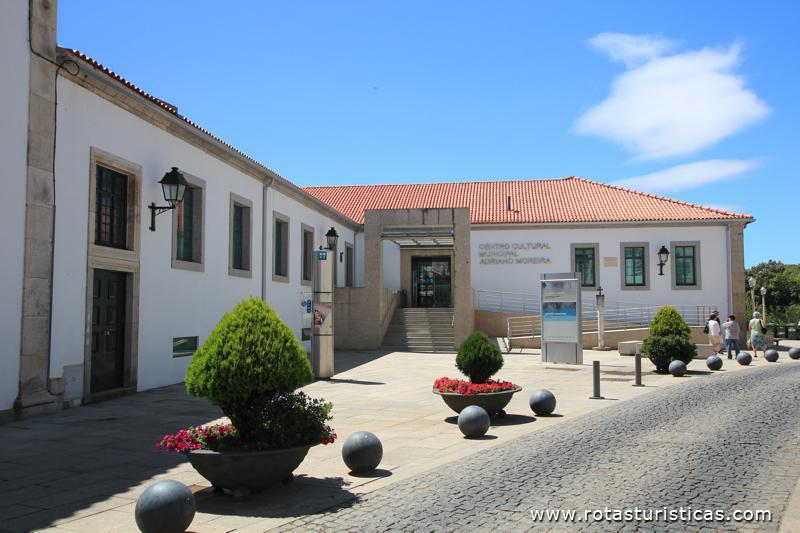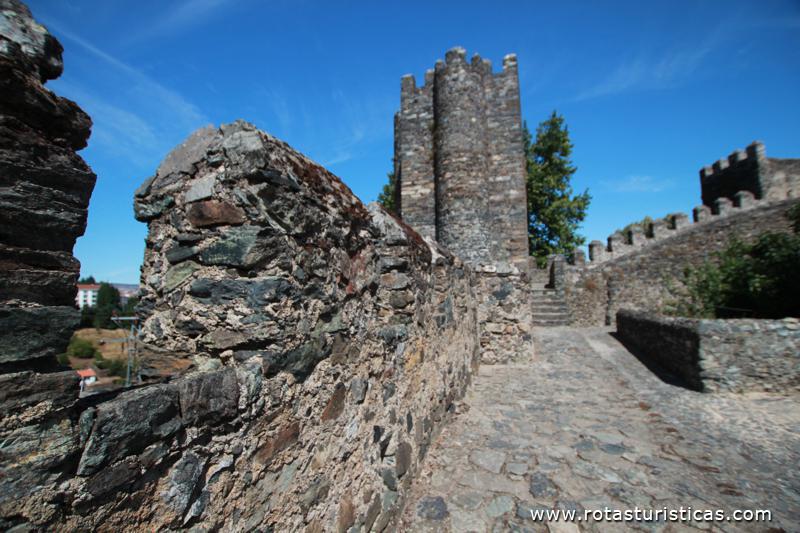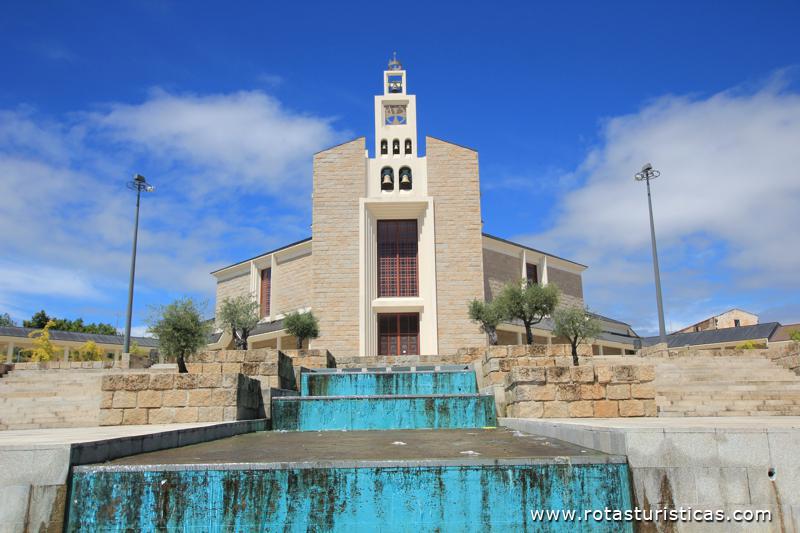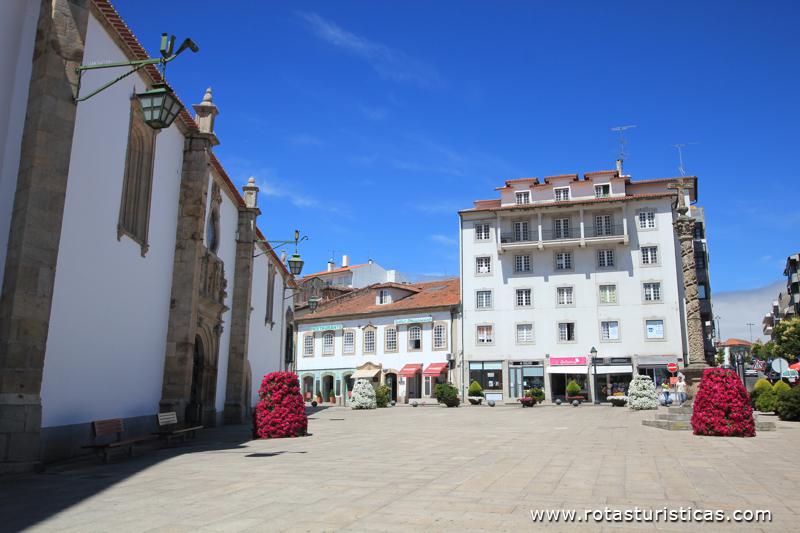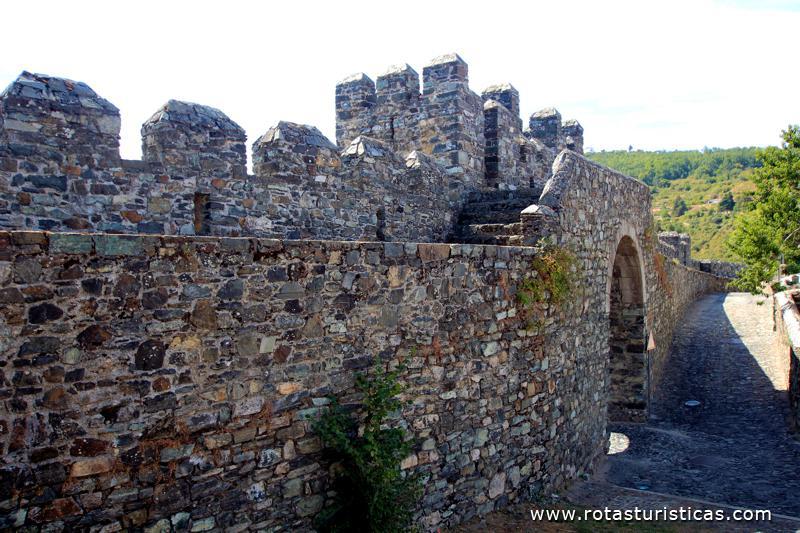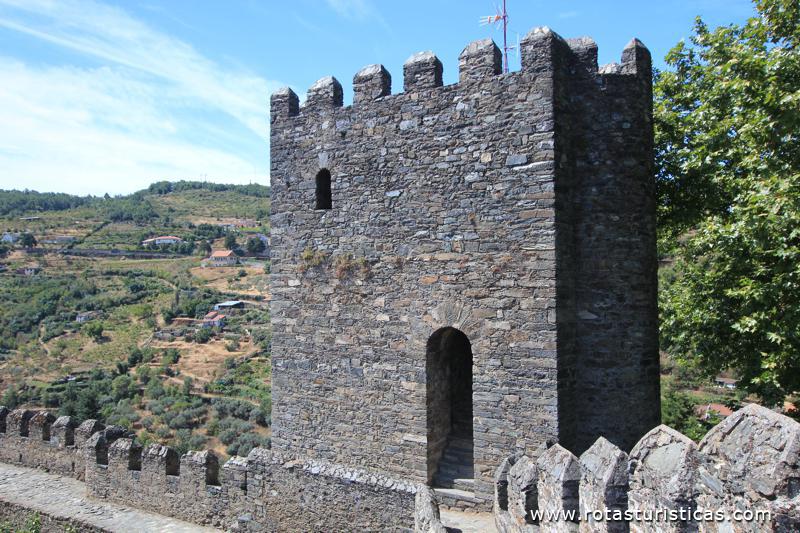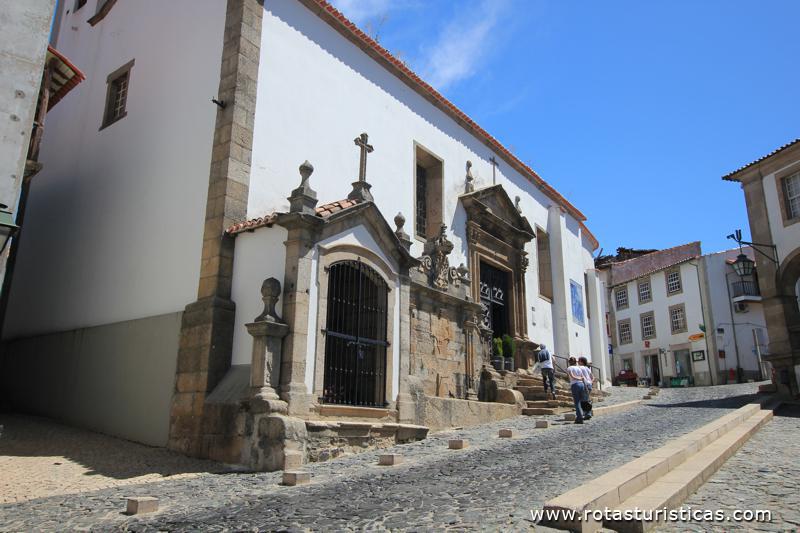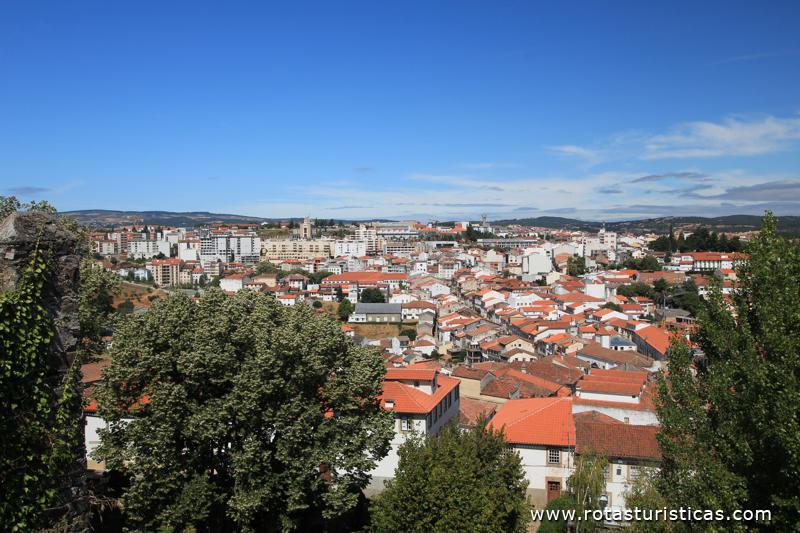Foto´s van: Bragança
Locatiekaart
Vliegvelden
Hotels en andere accommodatie
Wat te bezoeken
Waar te eten
World Nomads
De reisverzekering met de grootste dekking

De reisverzekering met de grootste dekking

Bragança
Bragança is een Portugese stad, de hoofdstad van het gelijknamige district, in de subregio Alto Trás-os-Montes, in de noordelijke regio van Portugal. Het is verzacht van de achtste Portugese gemeente in uitbreiding, met 1 173,57 km ², onderverdeeld in 39 parochies.
De gemeente is beperkt tot het noorden en oosten door Spanje (provincies Ourense en Zamora), het zuidoosten door de gemeente Vimioso, in het zuidwesten door Macedo de Cavaleiros en in het westen door Vinhais zijn de steden van het continentale Portugal de meest noordelijk (dat is het meest noordelijk).
De Kelten doopten de stad, gesticht in de tweede eeuw voor Christus, met de naam Brigance, die tot de "Bragança" werd gelatiniseerd. Deze naam is de oorsprong van de meest voorkomende gentílico: brigantino.
De gemeente is beperkt tot het noorden en oosten door Spanje (provincies Ourense en Zamora), het zuidoosten door de gemeente Vimioso, in het zuidwesten door Macedo de Cavaleiros en in het westen door Vinhais zijn de steden van het continentale Portugal de meest noordelijk (dat is het meest noordelijk).
De Kelten doopten de stad, gesticht in de tweede eeuw voor Christus, met de naam Brigance, die tot de "Bragança" werd gelatiniseerd. Deze naam is de oorsprong van de meest voorkomende gentílico: brigantino.
Toerisme
Het graafschap Bragança is aantrekkelijk vanwege de rijkdom van zijn tradities en zijn vakmanschap. Zo kan het publiek het hele jaar door, vooral met Kerstmis, in het carnaval en met Pasen, rekenen op zeer levendige feesten. Twee van de tradities die vandaag nog steeds bestaan en die opvallen, zijn de jongensfestivals en het feest van de "Caretos" of Mascara's.
De Ambachten van Bragança worden bewaard en onthuld in enkele parochies van de provincie, waardoor deze traditie zo oud wordt vergeten bij de jeugd. Op deze manier kan de toerist die geïnteresseerd is in dit domein vinden: werken van koper, burel, leer en hout, maar ook van weefwerk, mandenmakerswerk en aardewerk. De beroemde maskers zijn gemaakt van hout, leer, tin en kurk.
De bezoeker die een deel van zijn tijd heeft besteed aan de ontdekking van deze gezellige provincie, zal niet kunnen vertrekken zonder de typische gastronomische geneugten van de regio te proeven, vertegenwoordigd in de verschillende lokale restaurants.
De provincie Bragança, vol met geschiedenis en erfgoed, verdient, vanwege al zijn kenmerken en mogelijkheden, een meer aandachtig bezoek om de ware rijkdommen van deze regio, typisch transmontana, te ontdekken.
Bovendien, het biedt een prachtige landschapsarchitectuur, met de nadruk, natuurlijk, het natuurpark van Montesinho, met een reeks van landschappen en diensten van accommodatie, sport en recreatie zeer gevarieerd, ideaal voor een vakantie in contact met de natuur.
De Ambachten van Bragança worden bewaard en onthuld in enkele parochies van de provincie, waardoor deze traditie zo oud wordt vergeten bij de jeugd. Op deze manier kan de toerist die geïnteresseerd is in dit domein vinden: werken van koper, burel, leer en hout, maar ook van weefwerk, mandenmakerswerk en aardewerk. De beroemde maskers zijn gemaakt van hout, leer, tin en kurk.
De bezoeker die een deel van zijn tijd heeft besteed aan de ontdekking van deze gezellige provincie, zal niet kunnen vertrekken zonder de typische gastronomische geneugten van de regio te proeven, vertegenwoordigd in de verschillende lokale restaurants.
De provincie Bragança, vol met geschiedenis en erfgoed, verdient, vanwege al zijn kenmerken en mogelijkheden, een meer aandachtig bezoek om de ware rijkdommen van deze regio, typisch transmontana, te ontdekken.
Bovendien, het biedt een prachtige landschapsarchitectuur, met de nadruk, natuurlijk, het natuurpark van Montesinho, met een reeks van landschappen en diensten van accommodatie, sport en recreatie zeer gevarieerd, ideaal voor een vakantie in contact met de natuur.
Gastronomie
De gastronomie van de provincie Bragança lijkt op die van de rest Land Fria Transmontana. Het wordt gekenmerkt door de hoge kwaliteit van de producten die het gebruikt en de relatieve eenvoud van de productieprocessen.
Het is voornamelijk gebaseerd op de regionale worsten (de roker), de ham is de alheiras (ook bekend als cafés), salpicão en butelo bij de beroemdste vertegenwoordigers.
Het is van de overvloed aan rook die de "Folar" - brood van eieren gevuld met worstjes, resultaten tijdens de paasvieringen.
Onder de typische gerechten valt de bekende Mirandesa-post op - dit kalfsvlees, natuurlijke vrijgevigheid - dat te vinden is in de belangrijkste restaurants; de stoofpot en de feijoada naar de transmontana en nog steeds de forel - die waardige en dappere vis van de deugdzame stromen - gemaakt op de meest uiteenlopende manieren.
Van de dappere en loyale kastanjebomen, naast de dagen van S. Martinho, de kastanjebouillon met aardappelen, rapen en knoflook, of het varkensvlees gestoofd met kastanjes. En op elk moment, voordat u terugkeert naar het hotel in de bergen, met steaks van uiham, geroosterde spaghetti met gekookte greens, gegrilde kip, kabeljauw gekookt met aardappelen en koolmosselen of gebakken kabeljauw met broodrogge, rabas gestoofd met eieren, stukjes konijn met vileine saus, biggetje "broodrooster", rojões en maïs naar de transmontana.
Minder bekend, de vaten of kelken, een gerecht gemaakt van gedroogde bonen pods onderworpen aan langdurig koken, zijn ook een uitstekende aanvulling van de winter, vooral voor de botten.
Nieuwsgierig is ook de smaak in de regio voor octopus, die bovendien kabeljauw vervangt als een gerecht van eer in de nacht van Consoada. Gekookt in de pot, het is een van de meest gewaardeerde snacks op beurzen en feesten.
Zoetwaren is misschien wel de minst gevarieerde kant van de gastronomie in de regio. Paaseieren, zoete eieren, gegeten met brood, honingcake, rosquilas en smekingen vallen echter op. De laatste hebben de bijzonderheid dat ze worden gemaakt met slechts drie ingrediënten: suiker, meel en eieren.
Het is voornamelijk gebaseerd op de regionale worsten (de roker), de ham is de alheiras (ook bekend als cafés), salpicão en butelo bij de beroemdste vertegenwoordigers.
Het is van de overvloed aan rook die de "Folar" - brood van eieren gevuld met worstjes, resultaten tijdens de paasvieringen.
Onder de typische gerechten valt de bekende Mirandesa-post op - dit kalfsvlees, natuurlijke vrijgevigheid - dat te vinden is in de belangrijkste restaurants; de stoofpot en de feijoada naar de transmontana en nog steeds de forel - die waardige en dappere vis van de deugdzame stromen - gemaakt op de meest uiteenlopende manieren.
Van de dappere en loyale kastanjebomen, naast de dagen van S. Martinho, de kastanjebouillon met aardappelen, rapen en knoflook, of het varkensvlees gestoofd met kastanjes. En op elk moment, voordat u terugkeert naar het hotel in de bergen, met steaks van uiham, geroosterde spaghetti met gekookte greens, gegrilde kip, kabeljauw gekookt met aardappelen en koolmosselen of gebakken kabeljauw met broodrogge, rabas gestoofd met eieren, stukjes konijn met vileine saus, biggetje "broodrooster", rojões en maïs naar de transmontana.
Minder bekend, de vaten of kelken, een gerecht gemaakt van gedroogde bonen pods onderworpen aan langdurig koken, zijn ook een uitstekende aanvulling van de winter, vooral voor de botten.
Nieuwsgierig is ook de smaak in de regio voor octopus, die bovendien kabeljauw vervangt als een gerecht van eer in de nacht van Consoada. Gekookt in de pot, het is een van de meest gewaardeerde snacks op beurzen en feesten.
Zoetwaren is misschien wel de minst gevarieerde kant van de gastronomie in de regio. Paaseieren, zoete eieren, gegeten met brood, honingcake, rosquilas en smekingen vallen echter op. De laatste hebben de bijzonderheid dat ze worden gemaakt met slechts drie ingrediënten: suiker, meel en eieren.
klimaat
Bragança heeft een gematigd klimaat, met zowel continentale als Atlantische invloeden. De zomer is meestal warm en droog en de dagen zijn meestal zonnig, tijdens de hittegolven kan de temperatuur de 35 graden Celsius overschrijden. Gedurende deze periode is er weinig neerslag en de meeste watervallen zijn te wijten aan onweersbuien in de late namiddag. De winter is lang, koud en vochtig en het is in dit seizoen dat de regenachtigste maanden worden gevonden. Desondanks zijn lange perioden met zonnige dagen niet ongewoon. Het komt uit de Portugese steden waar het het meest sneeuwt, maar dit kan van jaar tot jaar erg variëren, van winters met minder dan 5 dagen sneeuw tot meer dan 20 dagen.
Andere toeristische bestemmingen in:
Portugal
Portugal
Andere wereld toeristische bestemmingen
Waarom boeken bij CLUBE TRAVEL
De beste prijzen
Onze partnerships met de grootste operatoren ter wereld bieden een zoektocht naar de beste prijzen op de markt.
Meer opties
In Rotas Turisticas kunt u het hotel boeken, het vliegticket kopen, de transfer van de luchthaven naar het hotel boeken en vice versa, de lokale excursies boeken, de auto huren, een reisverzekering afsluiten en de plaatsen bezoeken die u kunt bezoeken en waar u naartoe kunt gaan.
Vakantietips & bestemmingen
Honderden vakantiebestemmingen met alle opties waarmee u eenvoudig de bestemming kunt kiezen die het beste bij uw droomvakantie past.
CLUBE TRAVEL
Links

